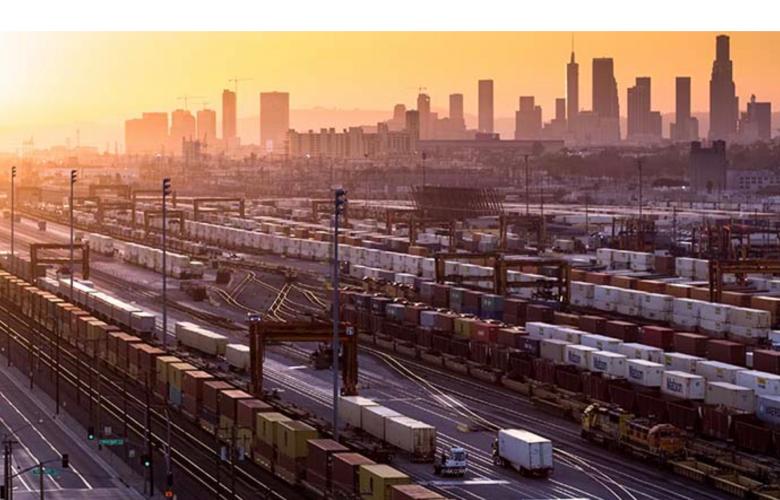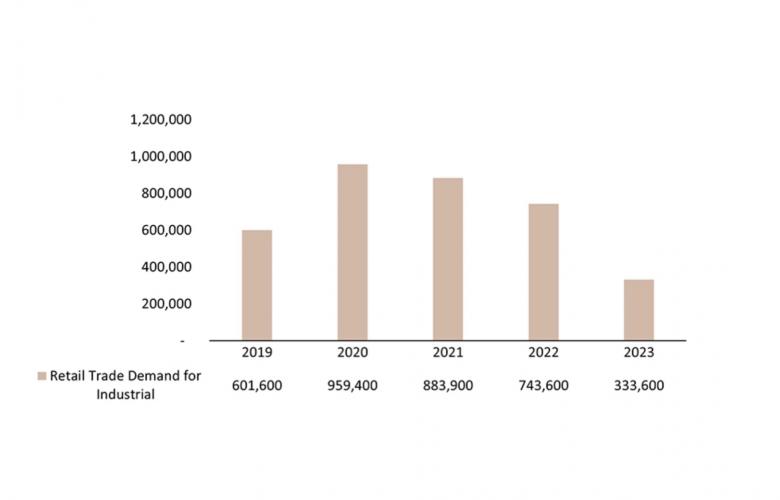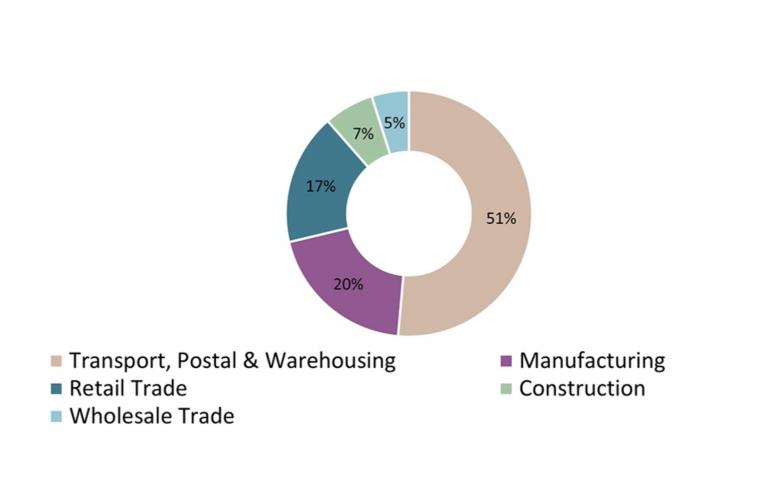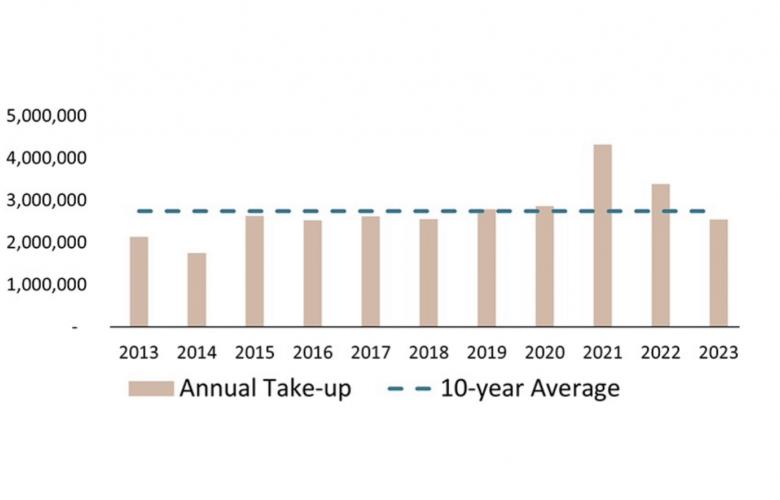Demand dynamics have shifted for Australian industrial -JLL
Contact
Demand dynamics have shifted for Australian industrial -JLL
Explore the changing landscape of industrial real estate as we delve into the pressing question: Has retailer demand for industrial space slowed in Australia? By Ted Breene JLL.
Tenant demand for logistics and Industrial (L+I) real estate has changed over the past year. JLL Research has tracked 2.55 million sqm of gross take-up across Australian markets* throughout 2023. In comparison to 2022, demand has reduced by 836,000 sqm, a measure of the industrial market’s reaction to broader economic conditions.
Figure 1: Demand for Industrial Stock in Australia
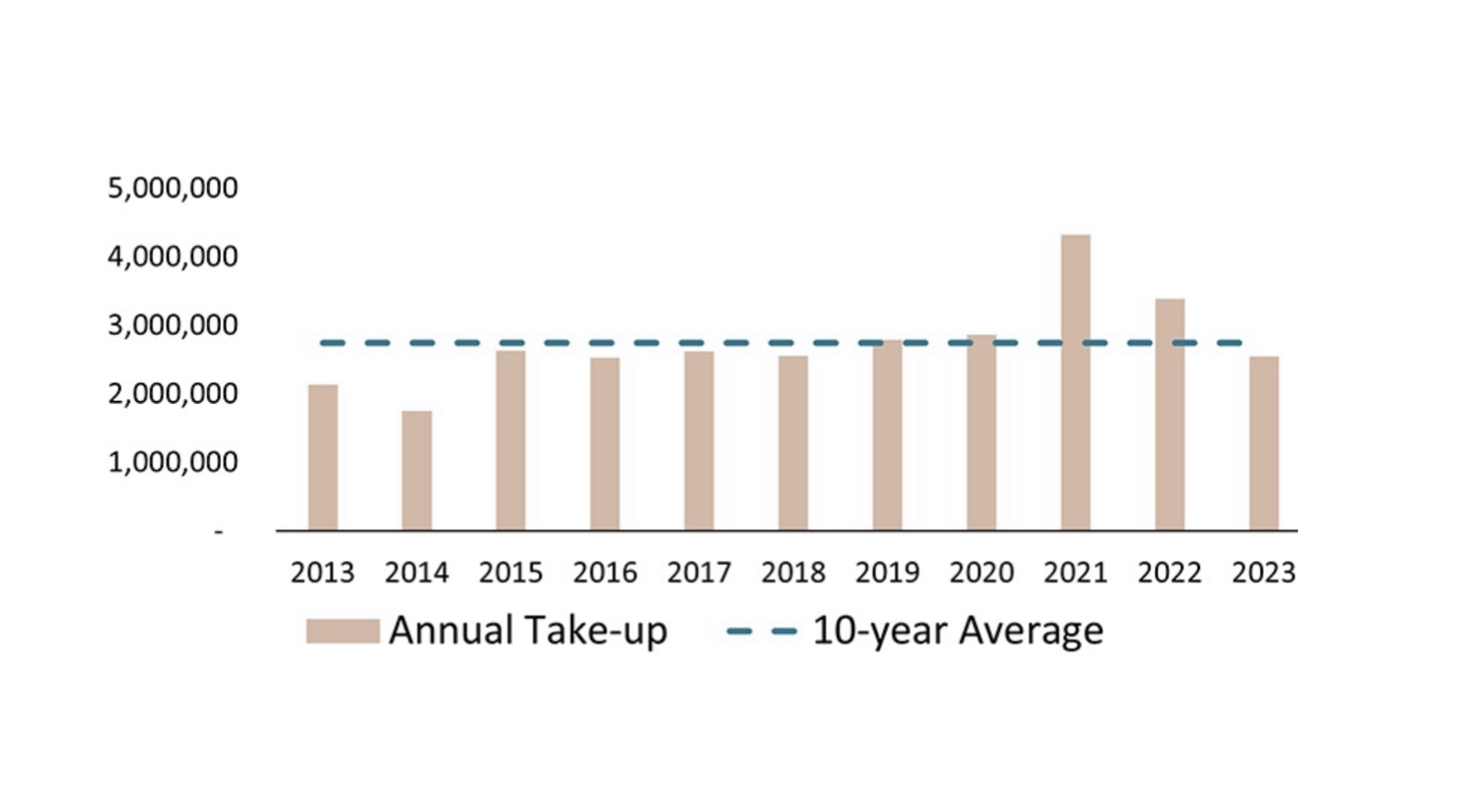
Source: JLL Research Australia
The top five contributors to L+I demand are depicted in the chart below. These industries have a unique set of challenges and strengths, which could influence demand Australia-wide in the coming year.
Figure 2: National Take-up by Industry (2023)
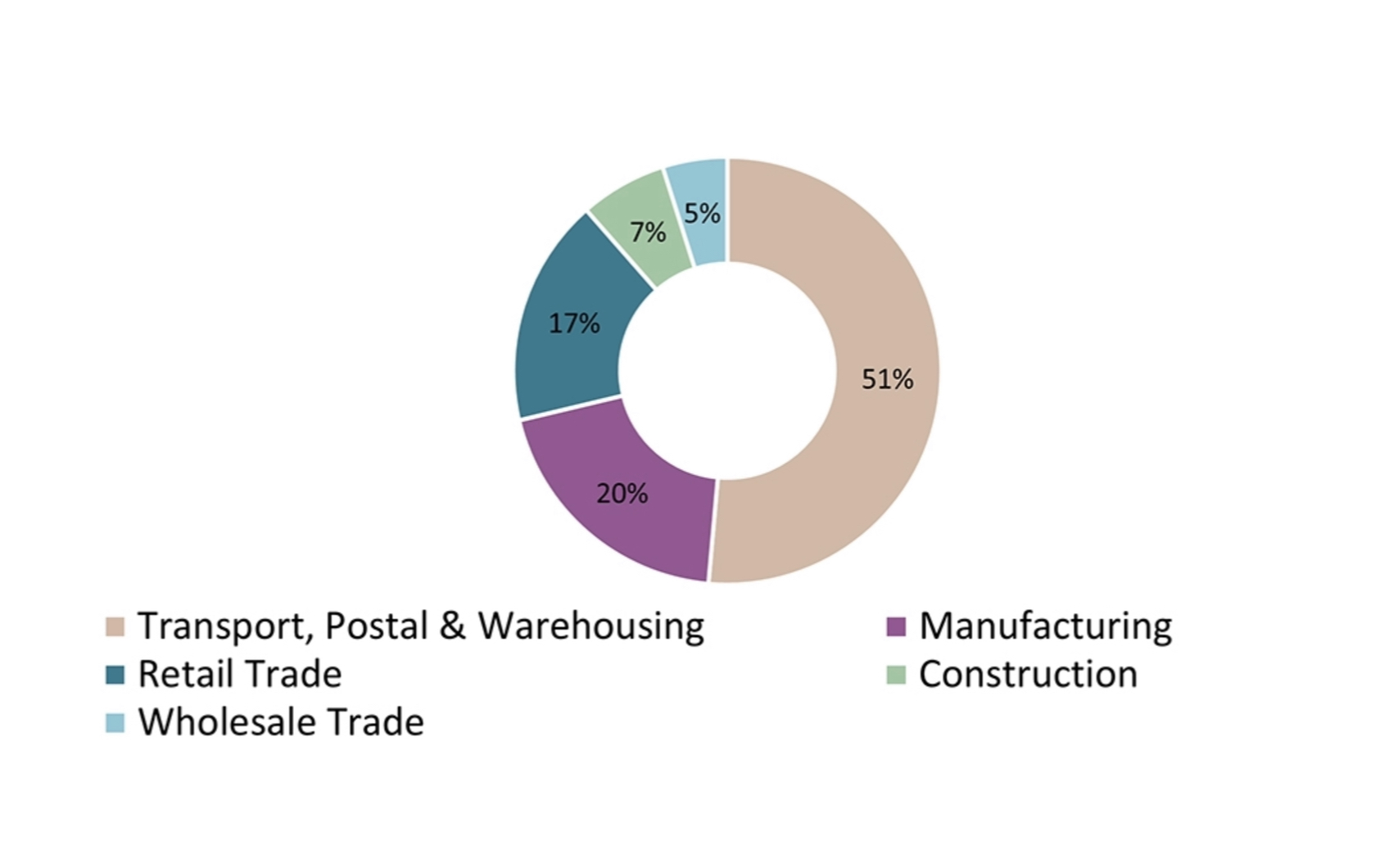
Source: JLL Research Australia
Transport, Postal and Warehousing
Transport, Postal and Warehousing (TP&W) is evidently the most active industry from the perspective of occupier demand. Both Sydney and Melbourne have performed well in this sector. Sydney, in particular, has achieved above 10-year average demand levels (up 41% year-on-year). Overall take-up from TP&W is just above the 10-year average of 923,600 sqm by circa 70,000 sqm. So, where is this decline in demand coming from?
Retail Trade
Amid the COVID period spanning 2020 to 2022, the retail and E-commerce sectors experienced a surge in consumer spending, leading to significant gains for many operators. This triggered three consecutive years of strong retailer demand for industrial space. As economic conditions have shifted since COVID, retailer demand for industrial space has plummeted in 2023.
Figure 3: National Retail Trade Demand for Industrial
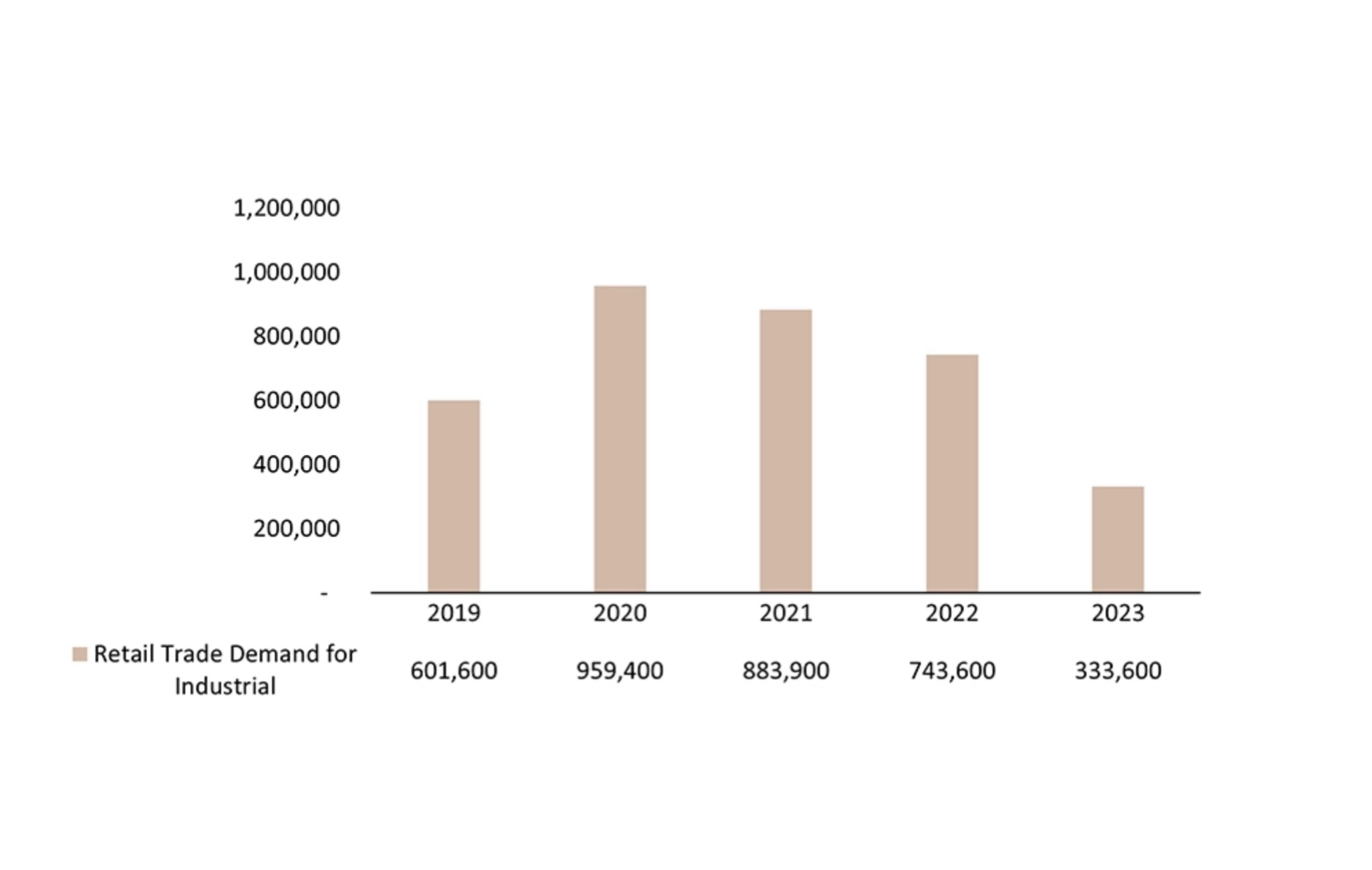
Source: JLL Research Australia
The Retail trade sector has leased 333,600 sqm of warehousing in 2023, which is a 55% reduction year-on-year and 267,000 sqm below the 10-year average of 600,520 sqm. Retail trade has been exposed to reduced discretionary consumption, considering the high interest rates and cost of living pressures for consumers.
Retail turnover does remain positive in Australia (up 3.8% year-on-year in November 2023, ABS); however, inflationary effects on pricing have bolstered retail trade figures. Actual volumes of retail stock and units have slowed, and this may explain the decline in demand for industrial warehousing from retail operators. Given that economic conditions stabilise towards the end of 2024, the retail sector may respond quickly as consumer confidence returns.
Manufacturing
The manufacturing industry has contributed 20% to national demand over 2023, following in second behind TP&W at 51%. KPMG Australia has noted that the manufacturing industry is navigating supply chain and shipping delays in conjunction with growing transport and raw material costs.
Ongoing geopolitical events during 2023 have changed manufacturer views towards the onshoring of operations in Australian states. With current tensions being reported in other parts of the globe, Australia is somewhat removed from the risks associated with these events. Hence, the manufacturing industry could become more competitive domestically and within the Asia-Pacific region. JLL Research has recorded machinery and equipment manufacture as the highest contributing sub-industry within manufacturing, adding 161,700 sqm towards warehouse demand over 2023. Transport equipment manufacturing took 61,800 sqm of space and food product manufacturing demand accounted for 52,900 sqm.
Among the Australian industrial markets, NSW has overtaken Victoria as the most prevalent contributor to manufacturing tenant demand. This comes as a change, given Melbourne industrial precincts have typically attracted more manufacturing tenants than any other Australian region for 5 consecutive years.
As 2024 commences, an influx of new supply currently under construction is forecast to reach completion across Australia. Sydney’s Outer Central West has 278,000 sqm under construction, Melbourne’s West precinct has 432,000 sqm and in Brisbane, the Southern precinct is anticipating 309,000 sqm of additional industrial warehousing. With substantial growth in supply on the horizon, which industries will require the most of this new space once it arrives?
Stay up to date with JLL Research as we monitor industrial real estate performance throughout 2024.
*Australian markets and national statistics are the combined value of Sydney, Melbourne, Perth, Adelaide and Brisbane.
By Ted Breene JLL
Related Reading:
Two Perth industrial assets sold for $21.7 million - JLL | The Industrialist

